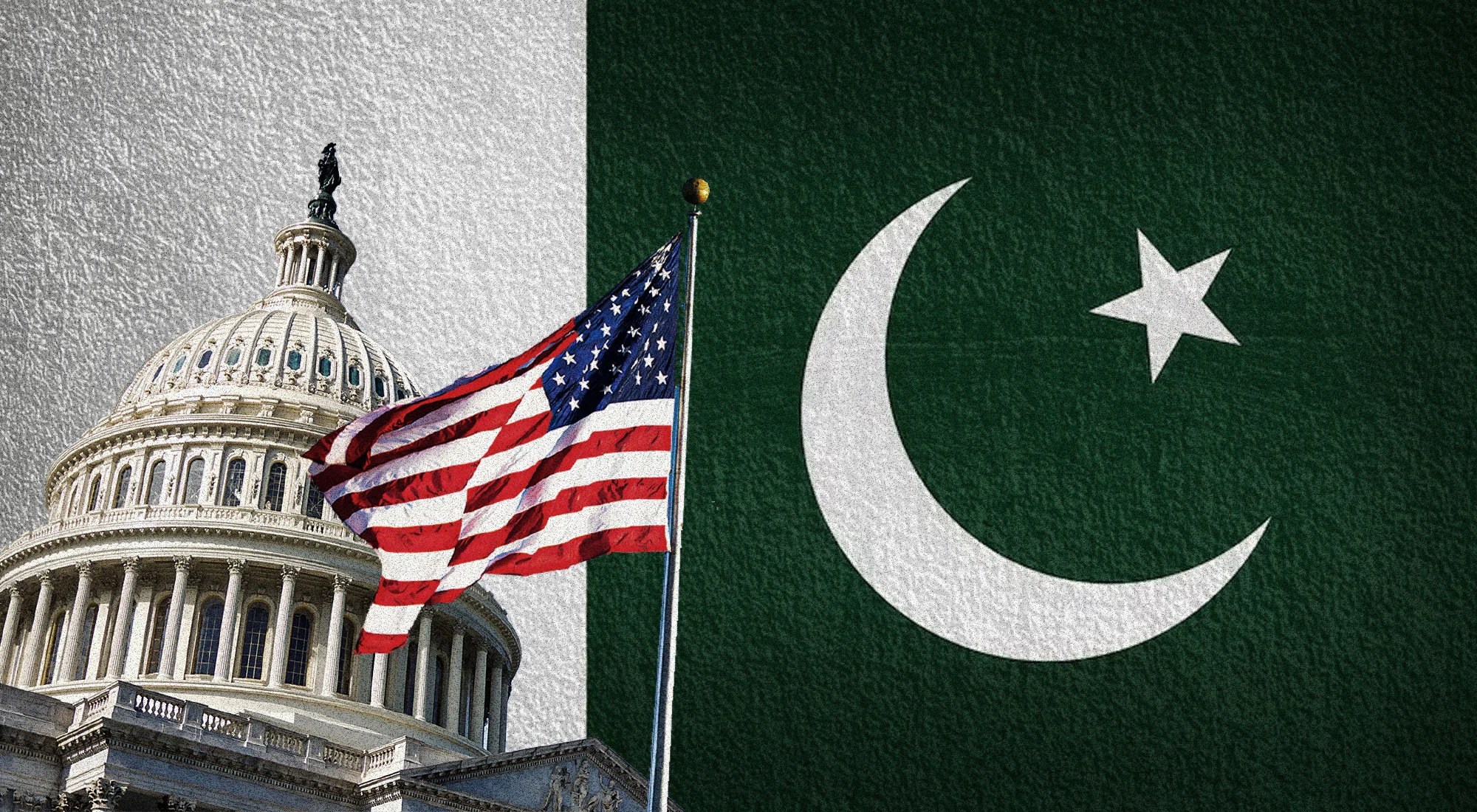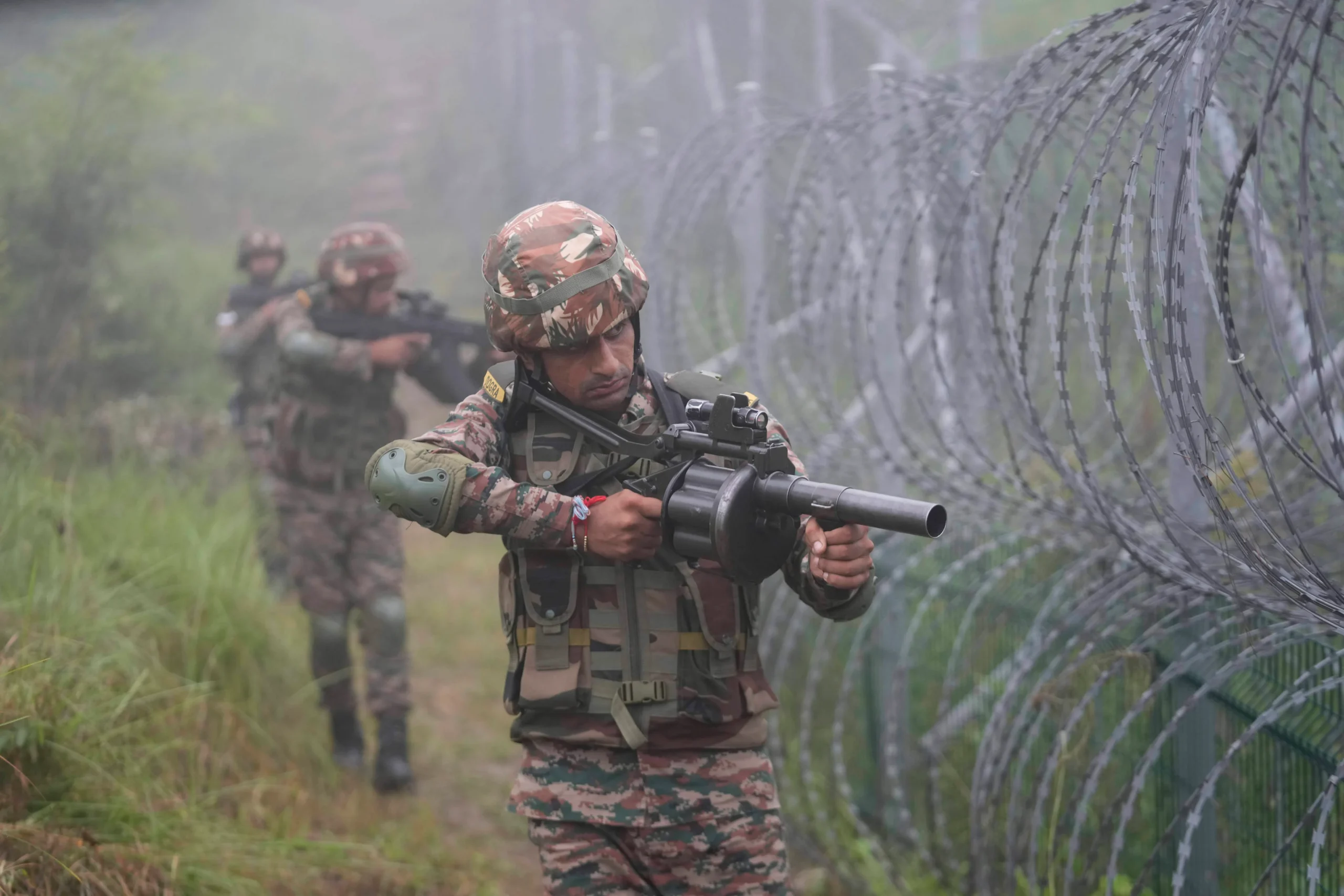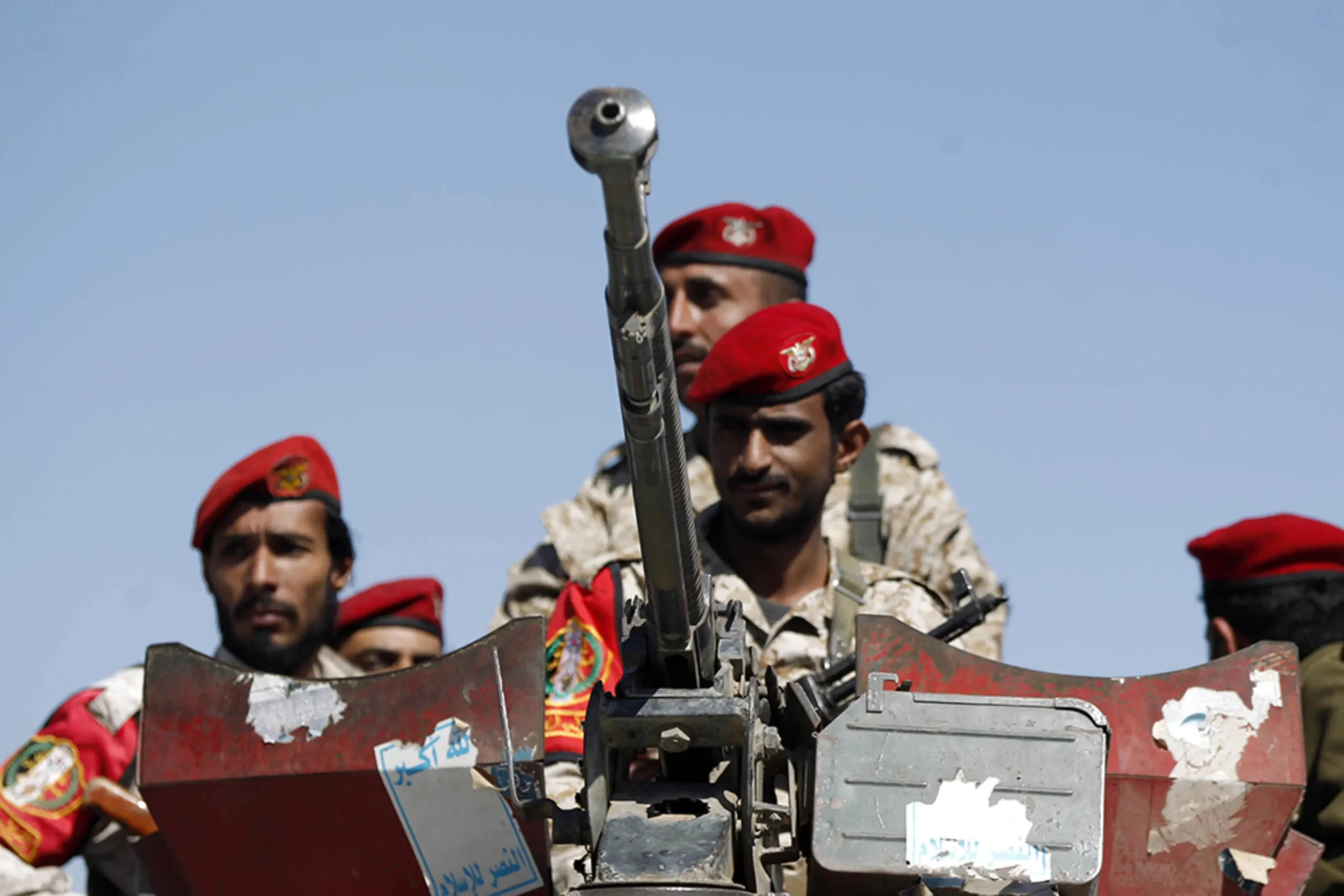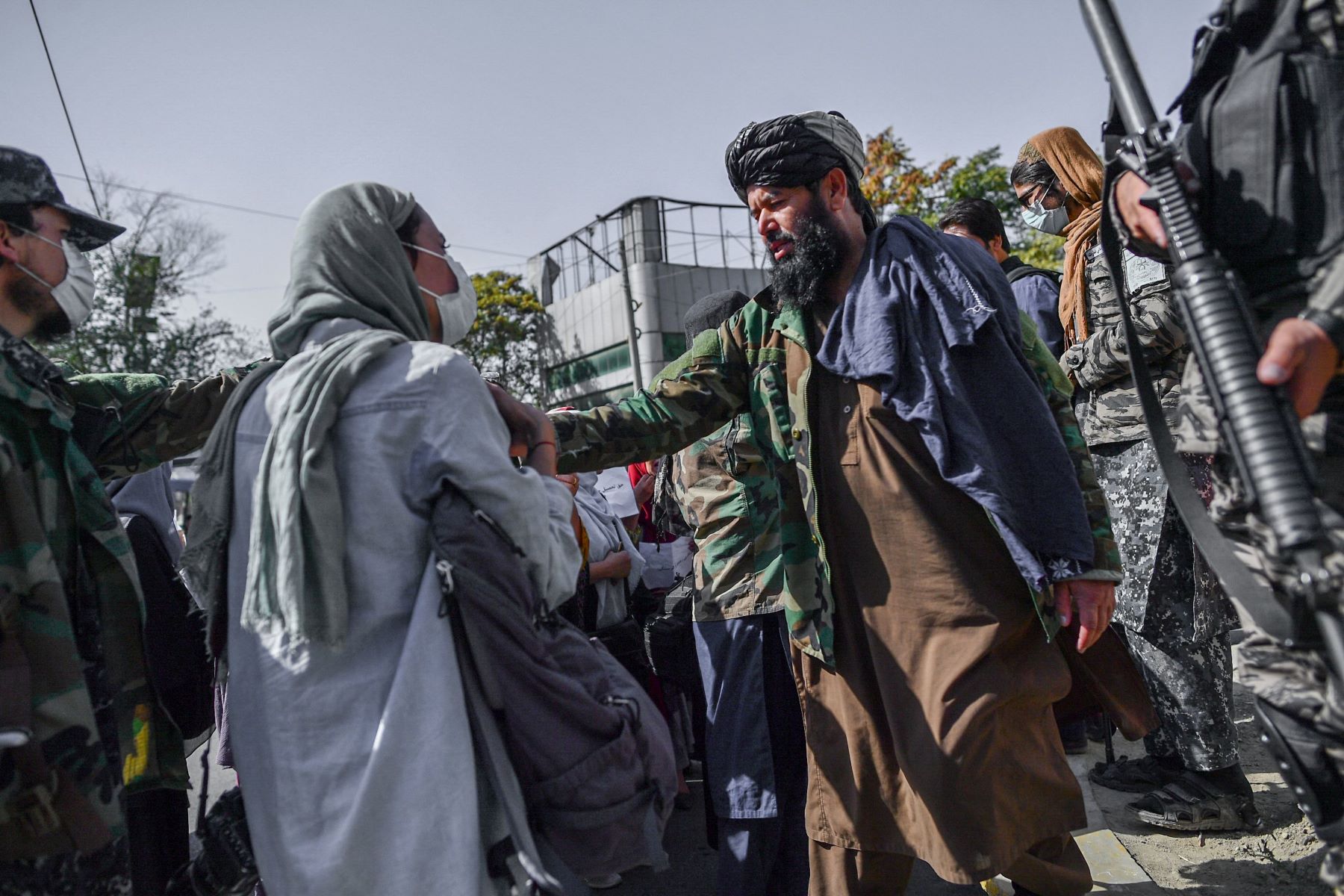The recent escalation between Iran and Israel has reignited fears of widespread conflict in the already volatile Middle East, prompting a flurry of analysis and speculation about the underlying motives and potential consequences of the latest bout of hostilities. As the world watches with a mix of apprehension and anticipation, it’s crucial to delve deeper into the intricacies of this multifaceted conflict and explore the broader geopolitical dynamics at play.
Iran’s Gambit
Iran’s decision to launch a barrage of drones and missiles targeting Israeli territory has been characterized by some as a calculated gamble—a bold move aimed at asserting Tehran’s regional influence and projecting strength in the face of perceived Israeli aggression. However, others interpret this action as a face-saving prank, a strategic maneuver intended to maintain Iran’s image of defiance and supremacy in the region while avoiding direct confrontation with Israel.
This dual interpretation underscores the complexity of Iran’s motives and the uncertainty surrounding the efficacy of its strategy. While some view Iran’s actions as a legitimate assertion of its regional power, others question the wisdom of escalating tensions in such a brazen manner.
Regardless of its intent, Iran’s decision has heightened tensions in the region and raised concerns about the potential for further escalation and instability.
To understand Iran’s motivations, it’s essential to contextualize the recent escalation within the broader geopolitical landscape of the Middle East. For decades, Tehran has pursued a multifaceted strategy aimed at countering perceived threats to its security and advancing its regional interests. Iran has maintained support for various proxies, including Hezbollah, Zainebiyoun, and Fatimyoun, while also offering moral backing to groups like Hamas. Additionally, its involvement in conflicts across the Middle East, such as those in Syria and Yemen, reflects Iran’s consistent efforts to challenge Western influence and establish hegemony in the region.
Iran-Israel Crisis: Lessons from Operation Praying Mantis
However, the specter of Operation Praying Mantis looms large over the current crisis—a reminder of the potential consequences of Iran’s aggressive actions. In April 1988, following Iranian attacks on American vessels, the United States launched a decisive military operation aimed at neutralizing Iranian assets in the Persian Gulf. Operation Praying Mantis demonstrated the formidable military capabilities of the United States (U.S.) and underscored America’s commitment to regional stability and maritime security. It marked a turning point in the Tanker War of the 1980s and served as a stark warning to Iran about the risks of challenging American power in the region.
With Israel being a key ally of the United States in the Middle East, the parallels between Operation Praying Mantis and the current escalation between Iran and Israel are hard to ignore.
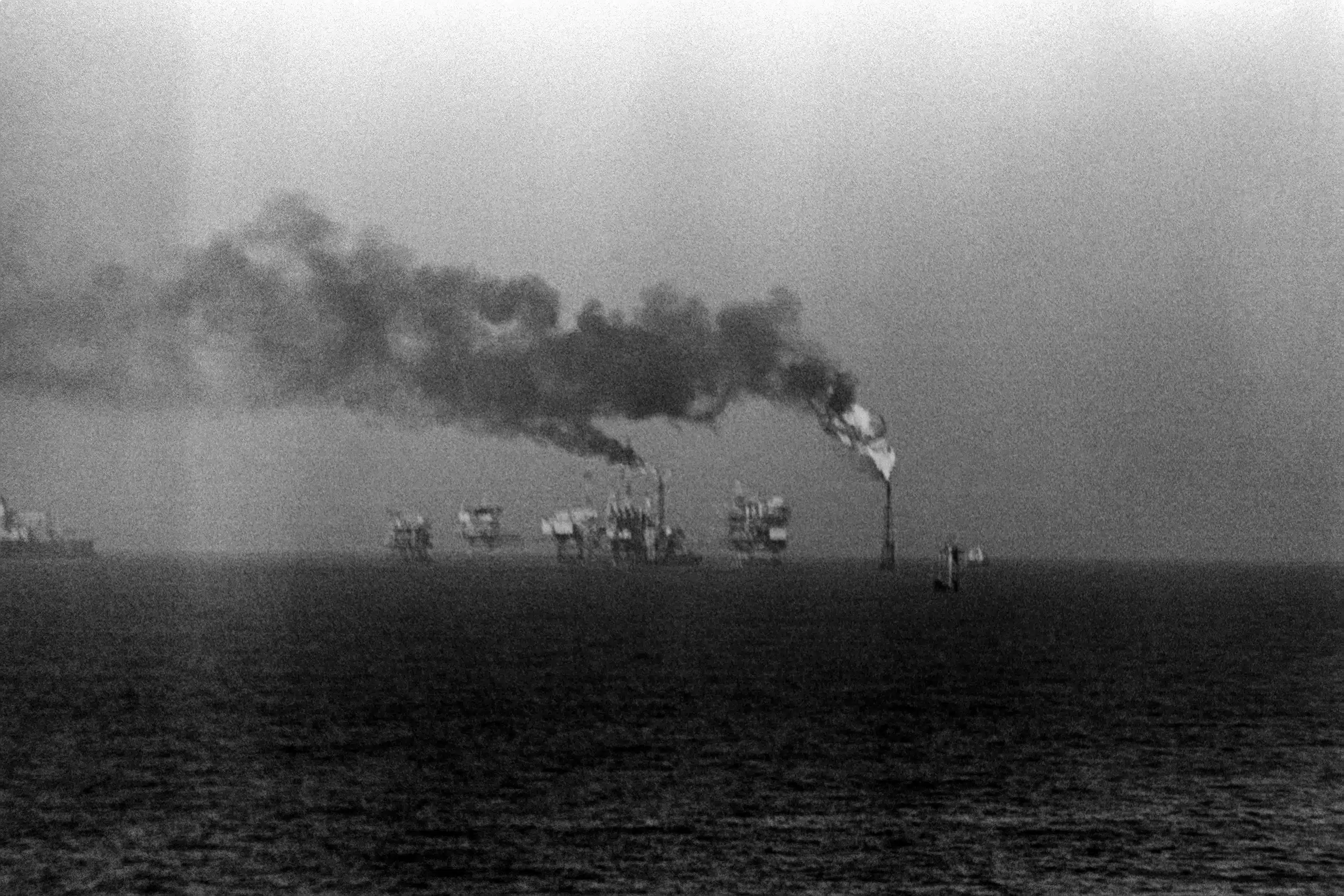
Israel’s close relationship with Washington has long been a source of tension in the region, with many viewing Israel as a de facto extension of U.S. foreign policy in the Middle East. The implicit support of the United States and its allies emboldens Israel in its dealings with Iran, or any other perceived threat in the region.
Today, as tensions escalate between Iran and Israel, it’s crucial to recognize United States’ unwavering support for Israel, backed by its military prowess and diplomatic clout, amplifies the risks for Iran in challenging Israeli interests in the region. As Israel confronts perceived threats to its security, it does so with the backing of one of the world’s most powerful military forces and a network of allies in the West. This dynamic adds a layer of complexity to the current crisis and underscores the high stakes involved for all parties.
Just as the U.S. intervened decisively in the Persian Gulf in 1988 to protect its interests and those of its allies, it stands ready to support Israel in the face of Iranian aggression.
The message to Tehran is clear: any attempt to challenge regional stability will likely be met with a swift and decisive response. In this context, the specter of Operation Praying Mantis serves as a potent deterrent to Iran, underscoring the risks of escalating tensions with Israel and its Western backers.
Global Ramifications: Impact Beyond the Middle East
Contrariwise, Iran’s recent actions also reflect the country’s growing assertiveness on the world stage, buoyed by its vast network of proxies and alliances. According to data from various intelligence agencies, Iran has significantly expanded its influence in the region in recent years, leveraging its relationships with militant groups and sympathetic governments to advance its strategic objectives. From its involvement in the Syrian civil war to its support for Houthi rebels in Yemen, Iran has demonstrated a willingness to confront its adversaries and project power beyond its borders.
However, Iran’s recent escalation with Israel comes at a precarious moment for the country, as it grapples with a host of internal and external challenges. Economic sanctions imposed by the United States and its allies have taken a toll on Iran’s economy, exacerbating widespread discontent among the Iranian populace and fueling domestic unrest. Moreover, Tehran’s aggressive foreign policy has strained its relations with key regional players and global powers, further isolating the country on the world stage.
In the midst of this escalation, Pakistan’s role in proscribing Iran’s Pakistani branch of the global militia, Zeynabiyon, has garnered attention for its strategic significance. This decision, while not without its challenges, has mitigated the risk of Pakistan being drawn into the conflict, particularly in light of historical patterns of post-9/11 escalation.
Also Read: Explained: Pakistan Bans Iran-Linked Zainebiyoun
Furthermore, Pakistan’s proactive stance underscores the broader geopolitical fault lines that characterize the region. As competing interests and alliances shape the trajectory of events, Pakistan’s decision reflects a nuanced understanding of its own strategic imperatives and the need to navigate complex geopolitical terrain. While seeking to avoid direct involvement in the Iran-Israel conflict, Pakistan’s actions serve as a reminder of the complex web of alliances and rivalries that define the Middle East and South Asia.
From Israel’s perspective, the recent escalation with Iran presents both challenges and opportunities. While Tel Aviv remains vigilant in the face of potential threats to its security, it also recognizes the need to tread carefully to avoid being drawn into a wider conflict with unpredictable consequences. Israel’s allies, particularly the United States, play a crucial role in shaping the country’s response to the escalating crisis, with Washington reaffirming its commitment to Israel’s defense while urging restraint and diplomacy.
Strategic calculations abound on both sides of the equation. Israel and its allies may view the current escalation as an opportunity to expand the war theater from the Middle East to West Asia, potentially engulfing critical chokepoints in a conflict that could have far-reaching implications for regional stability and security.
Meanwhile, Iran’s defiance and pragmatism are on full display as it seeks to maintain its image as a regional powerhouse while carefully managing its alliances and diplomatic engagements. However, questions linger about Iran’s long-term objectives and its ability to sustain its military engagements across multiple battlegrounds.
The role of the United States and its allies in shaping the narrative and trajectory of the conflict cannot be understated. While Iran may be portrayed as the “new macho man” of the Middle East, there are concerns that this narrative could be exploited to justify increased military aid to Israel and further entrench the presence of US, NATO, and Israeli forces in the region.
At the heart of the matter lies a fundamental question: What are the real motives driving this latest escalation? Many observers remain skeptical of the surface-level explanations and await the unfolding of events to reveal the true intentions behind Iran’s actions.
The broader implications of the Iran-Israel conflict extend far beyond the borders of the Middle East, with potential repercussions for global security and stability.
The specter of a wider conflict engulfing critical chokepoints in the region, such as the Persian Gulf and the Strait of Hormuz – Gwadar too –, looms large, raising concerns about the impact on global energy markets and maritime trade routes.
Moreover, the involvement of other regional actors, including Hezbollah and Sunni Arab states, further complicates efforts to de-escalate tensions and find a peaceful resolution to the crisis.
In conclusion, the current escalation between Iran and Israel underscores the complex and volatile nature of the Middle East’s geopolitical landscape. As tensions simmer and rhetoric escalates, the need for cool-headed diplomacy and constructive engagement has never been greater. Only through concerted international efforts and a commitment to dialogue and de-escalation can the cycle of violence and instability in the region be broken, paving the way for a more peaceful and prosperous future for all.

![The impact of the Iran-Israel conflict extend far beyond the borders of the Middle East, with potential repercussions for global security and stability [SAT Creatives]](https://southasiatimes.org/wp-content/uploads/2024/04/SAT-Web-Banners-8-1.webp)
